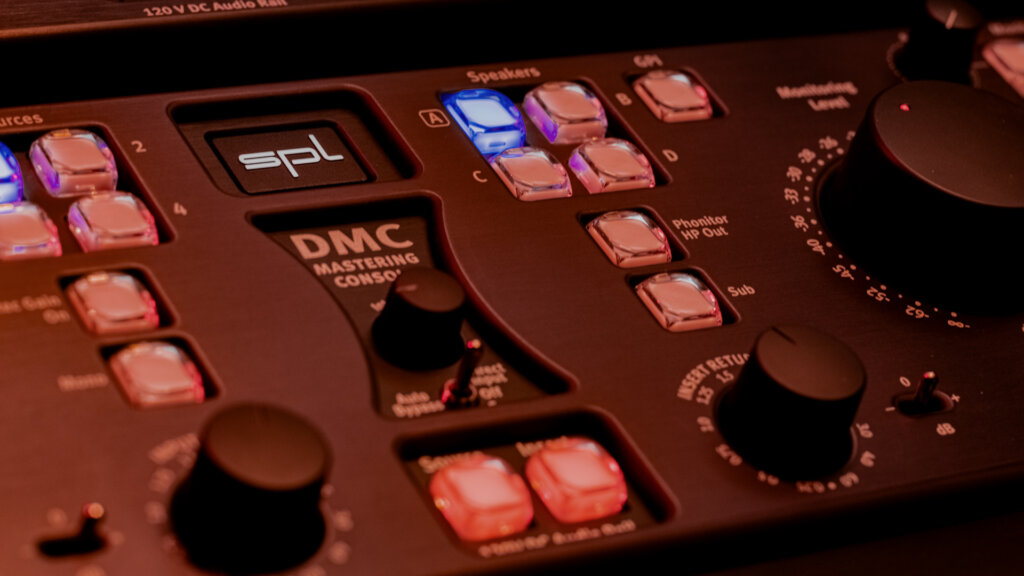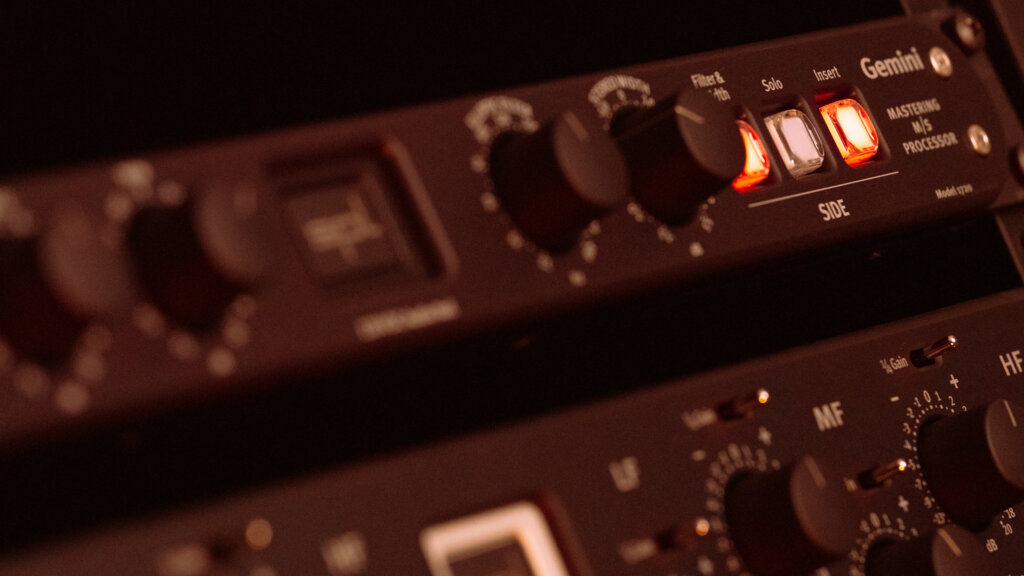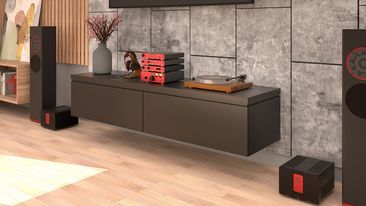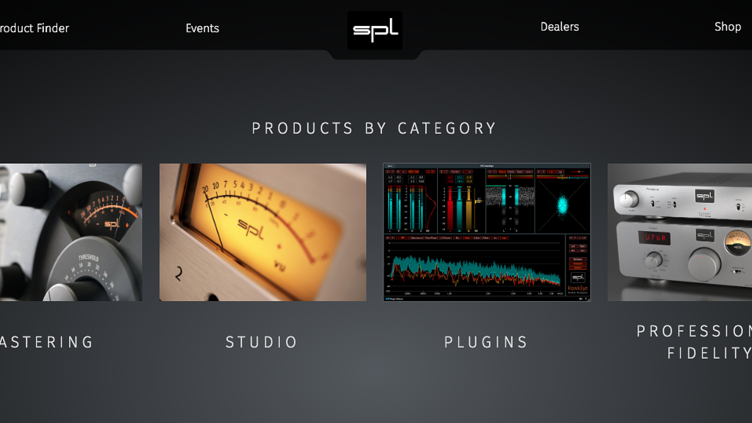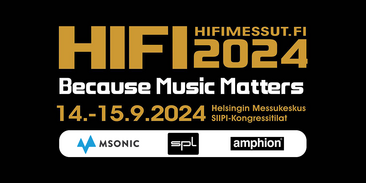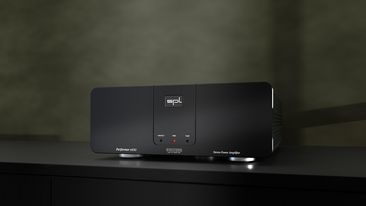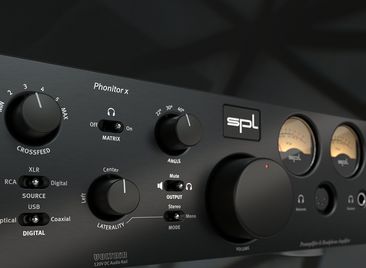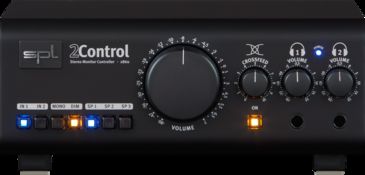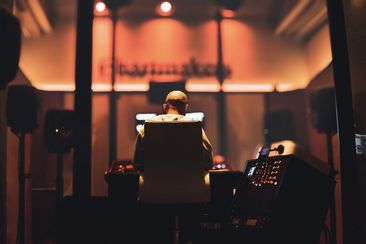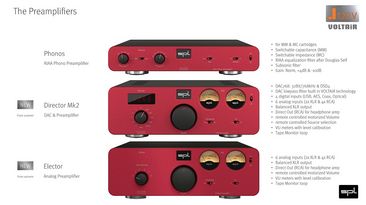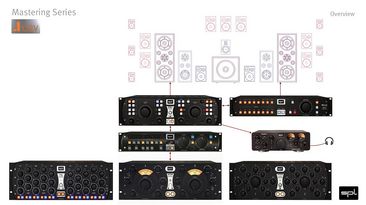SPL User Story: Chartmakers, Svante Forsbäck
Within this SPL User Story we want to introduce you to Svante Forsbäck. Svante‘s studio is located in the leafy suburb of Nöykkiö, Espoo, just outside Helsinki. The quiet streets outside belie the mayhem, fireworks and joy in the wide range of music running through Chartmakers.
While much of Svante’s output is heavy, he is also the mastering engineer of choice for all kinds of popular household-name artists and national treasures.
Chartmakers have always been fans of analog and claim: “Digital sounds great too, but analog is just more fun and makes things happen faster. The way different pieces of analog gear interact with each other is something special that we believe helps us to craft perfect masters.”
Svante started his mastering career in the early 90s in Tammisaari together with the legendary Otto Donner. His first job was to transfer Love Records analog tape masters to digital. He also went to Sweden to study recording and mixing, inspired by all knowledge he gathered from there he started to record and mix albums. Live sound was also a big part of his professional life at that time.
While recording, mixing and mastering he was working for 10 years at the Swedish Theatre as a musical sound designer.
Around the year 2000 Svante decided to focus on mastering only and have done that ever since – and he is still loving it!
With credits like Rammstein, Volbeat, Apocalyptica, Sunrise Avenue, Entombed, Backyard Babies, Till Lindemann – just to name a few – Chartmakers is one of the top mastering studios in Europe.
“Perfect mastering needs great gear in combination with great ears. It’s also essential to have a variety of tools to cover all genres and styles and to be able to get the most out of every track. It’s about the right chain, and great gear in just the right order. We have studied the best gear available and chosen our arsenal with great care.”
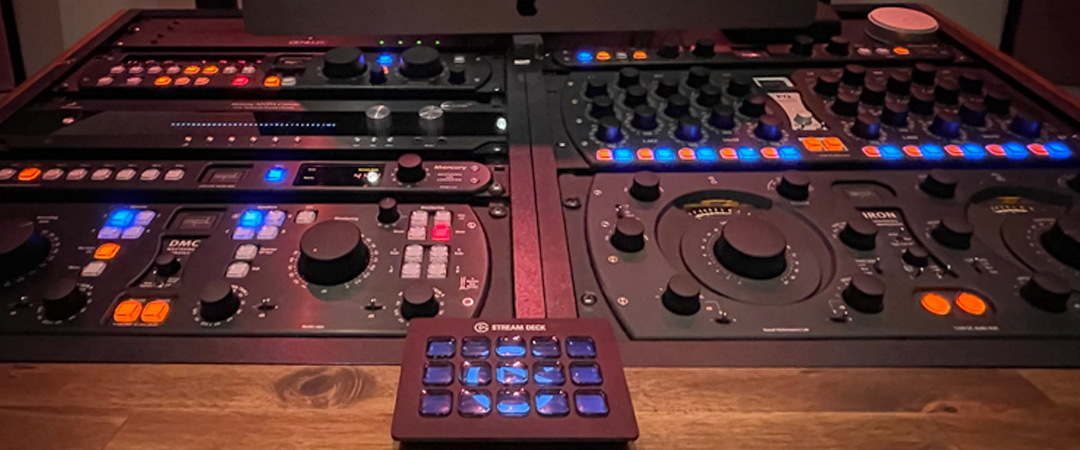
SPL Mastering Gear
We are honored that Chartmakers have chosen our mastering gear to make the next step. We took this wonderful chance to get some feedback on SPL products and to ask some questions!
You changed your equipment and decided to go with SPL Mastering Gear. What was the initial reason to make this step into the SPL 120V technology Mastering Universe?
“Initial reason to use SPL 120V technology is definitely the headroom and the cleanness of the bass that you get with this kind of headroom. It feels like you have endless headroom and I really like the punch of the bass. The overall tone of the low end is really nice in the SPL products. Also the really nice smoothness of the high end in the EQ.”
What was the first major album you mastered with your new setup?
“The first major album was the Dolby Atmos version of Rammstein’s ‘Zeit’ album.”
How did you take advantage of SPL’s gear during Rammstein’s latest album’s mastering process?
“During the creation of the Dolby Atmos version of the new Rammstein’s album I did master all the stems separately using SPL PQ and IRON compressor. I did run every stem separately through them, around 10-12 stems per song. When summing all these stems together the end result was really, really satisfying. The SPL gear was really a key factor in creating a good and 3D sounding master.”
What would you say are the most important characteristics of our 120V technology within your workflow?
“In this genre it’s very important to get the right kind of glue in the low-mids. And here I think the IRON is the perfect compressor for this task. Also the cleanness and the 3D sounding high-end are something that I really like in the SPL PQ.”
“The flexibility of using DMC combined with Hermes is superb. I can store different chain settings with a press of a button. It’s a really good feature. And because of 120V technology you don’t lose any dynamic range. Also the very natural sound of the Mercury DA converter.”
What do you personally think is the biggest advantage of analog outboard equipment in mastering?
“I think the biggest advantage is of course the sound. Digital today is also very good but I do think that analog gives the last 10% to the sound. It also makes the process a lot faster when you have everything in front of you – you can actually work with both hands and not just with a mouse.”
“The disadvantage of analog gear in my case is that every time I travel to the States they have difficulties taking fingerprints from me because my thumb and index finger’s fingerprints have worn out as a result of turning metal knobs for 30 years.”
DMC
“I switched from Maselec to DMC and really like the transparent sound and simplicity of the unit.”
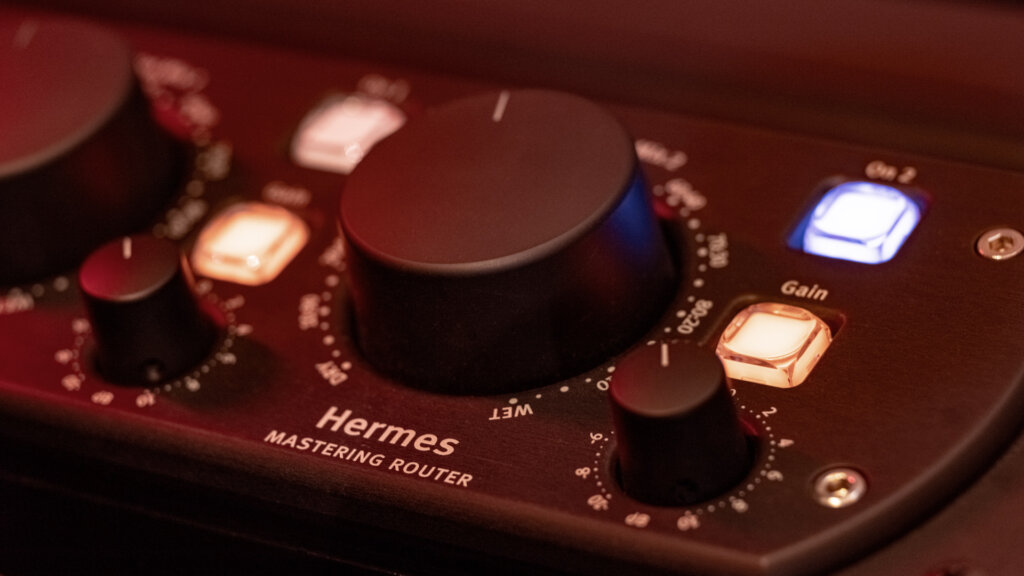
Hermes
“In Hermes I really like the option of parallel processing. And the option to store and compare processing chains.”
Gemini
“Gemini is a very clean M/S processor and I do use the elliptic filter a lot.”
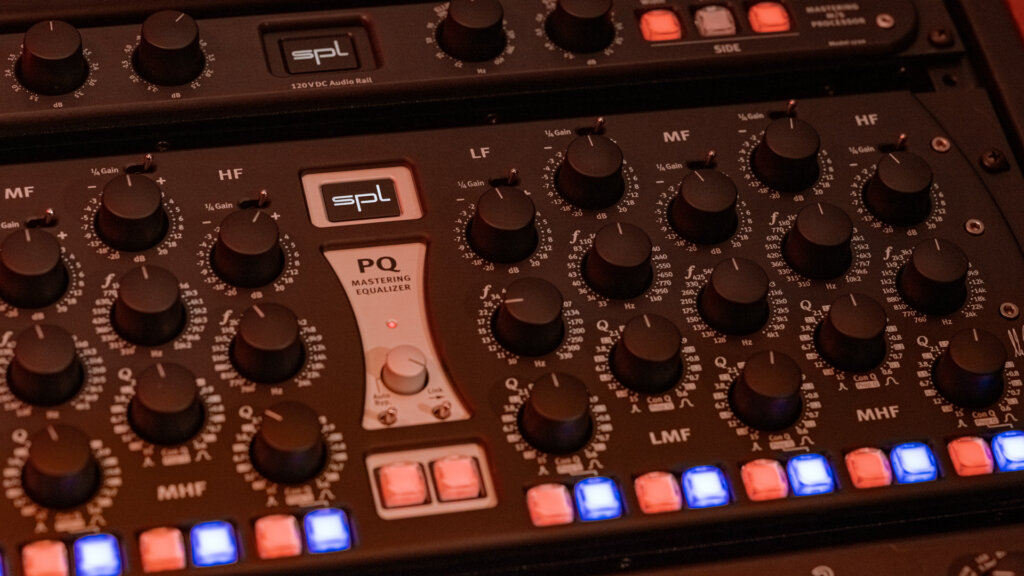
PQ
“Great low-end and low-mids. And very smooth high-end.”
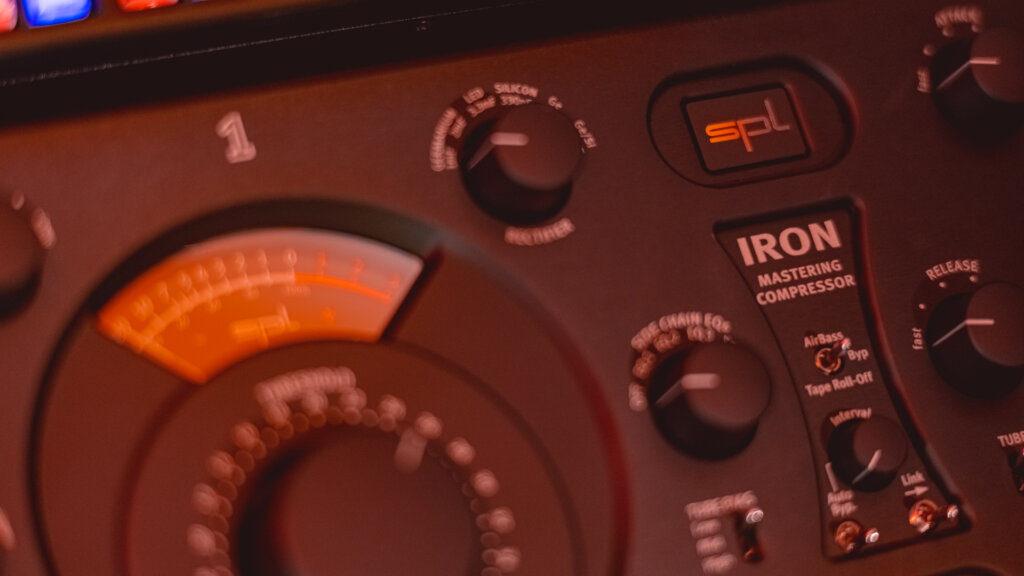
IRON
“Nice low-mid glue and I really like the tube bias feature. I really like how you can drive the tube bias voltage differently with the three step adjustment.”
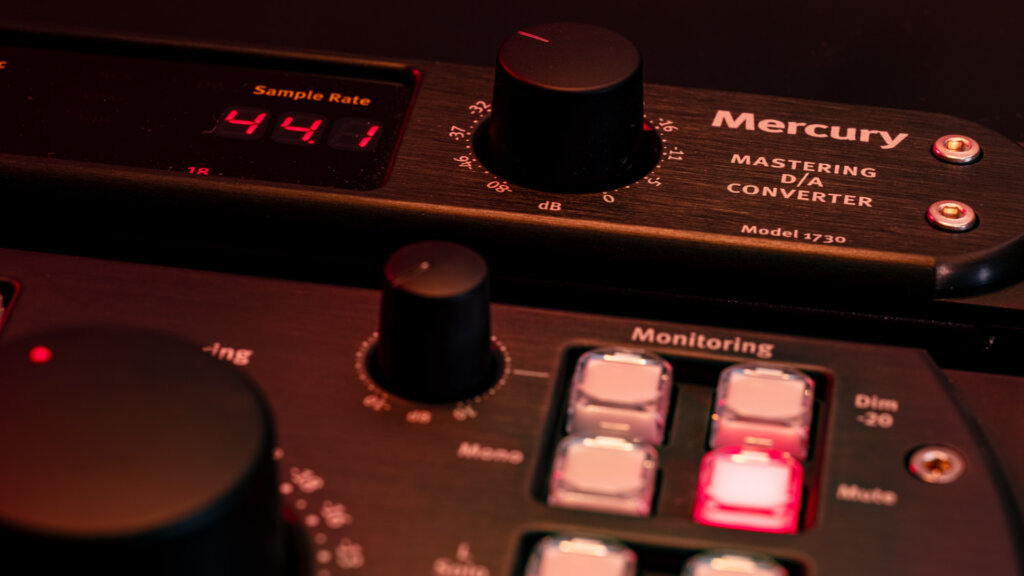
Mercury
“A very natural good-sounding DA-converter. The function of a DA-converter is to replicate the original sound as closely as possible and I think Mercury does it well.”
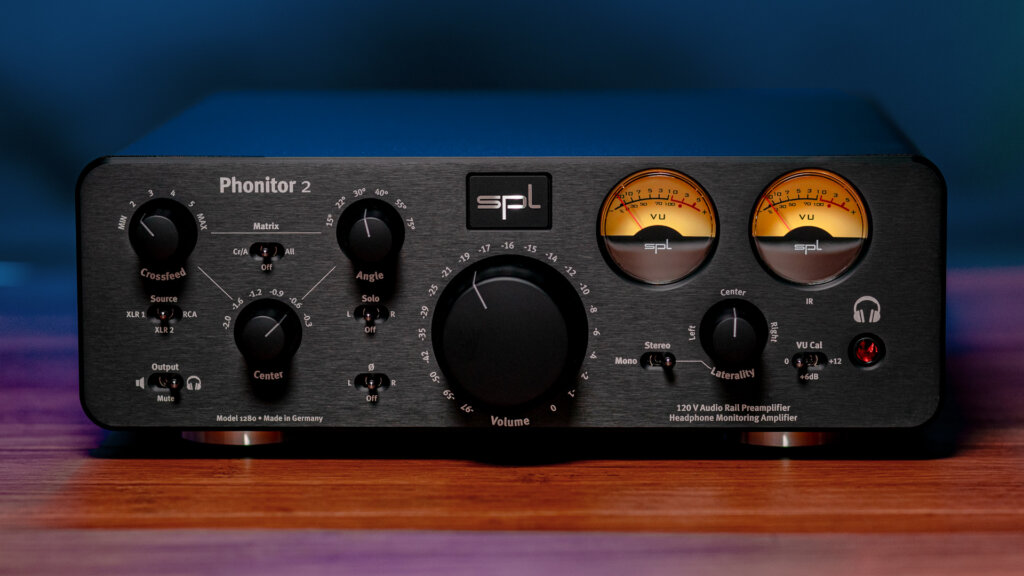
Phonitor 2
“What I like about the Phonitor 2 is that it’s not hyped unlike many other headphone amps and that makes it very easy to spot any problems especially in the mid-range.”
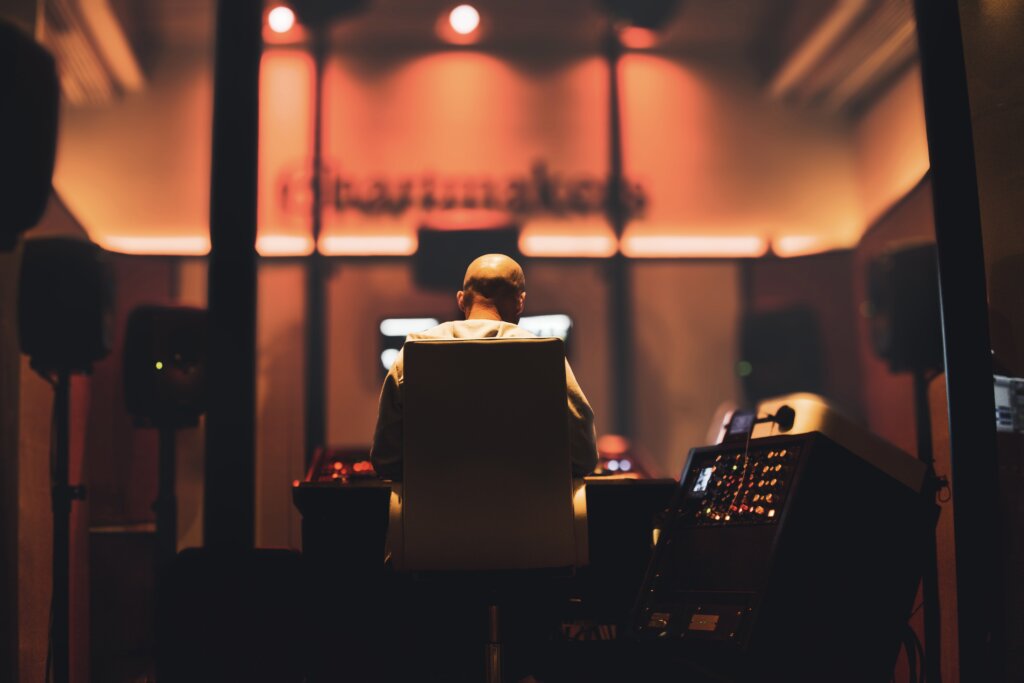
Find further information about Svante on his website and social media channels:
Website:
www.chartmakers.fi
Facebook:
www.facebook.com/Chartmakers
Instagram:
www.instagram.com/svanteforsback

